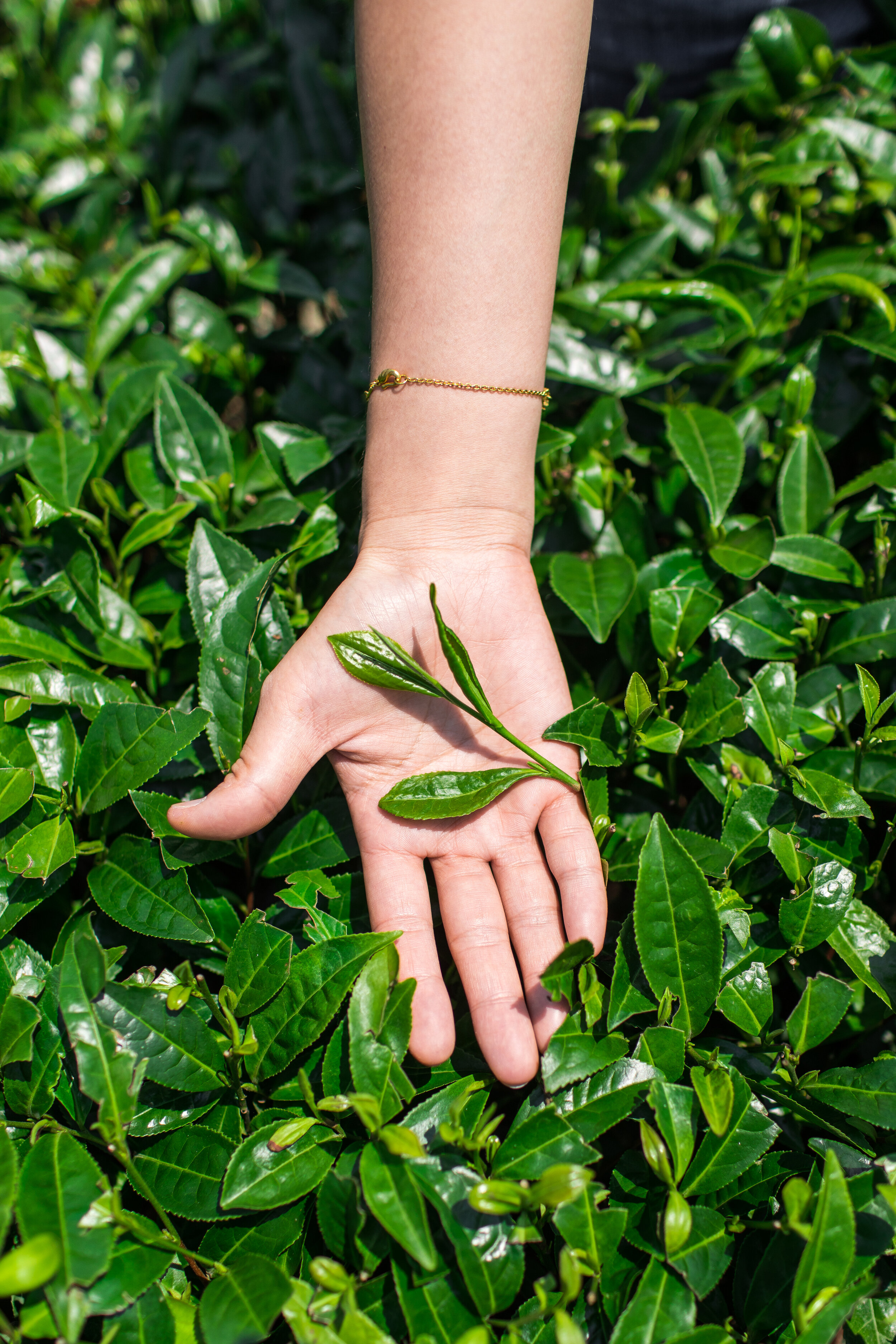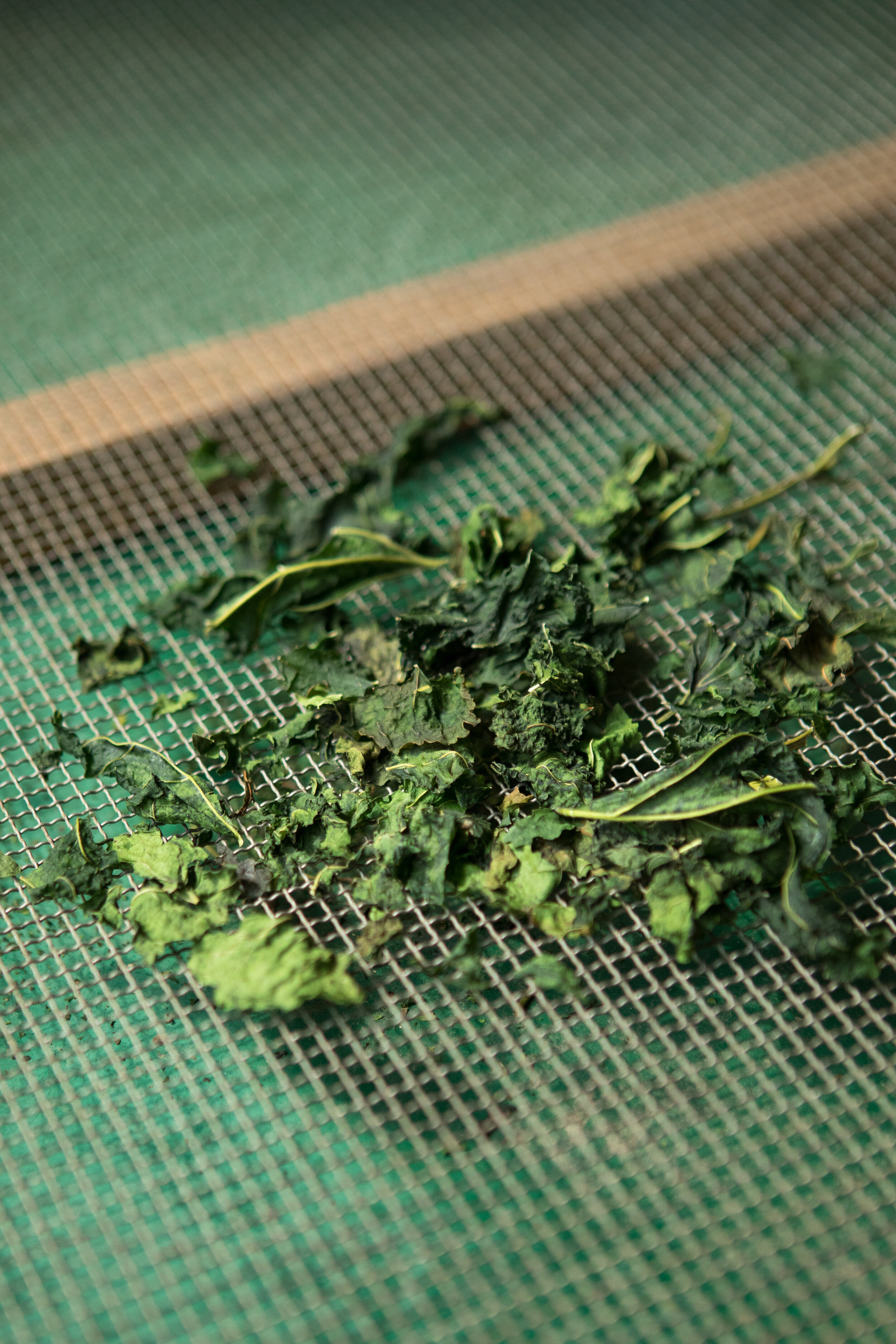Matcha can easily become a cherished part of your daily routine.
The sense of calm focus it brings paired with sustainable energy is easy to love. Of course, the amazing nutrition and health benefits you get from drinking matcha doesn’t hurt either. For instance, matcha can help you reduce stress, fight inflammation, boost your metabolism, support healthy skin from the inside out, and more!
Matcha’s popularity continues to soar but it’s important to remember that not all matcha is created equal.
This is especially important to keep in mind if you consume matcha daily or multiple times each week.
In today’s blog, we want to share a few things you must consider when picking matcha.
FIRST THINGS FIRST…
WHAT IS MATCHA
Matcha is pure green tea leaves that are specially grown and stone-ground into a fine green powder. When you brew a cup of matcha, you stir in the whole leaf and consume it— unlike with regular green tea where you simply steep the leaves in water. This means that that matcha is a concentrated form of green tea and it’s been said that top tier matcha (ceremonial grade) contains up to 10x the nutrients of regular green tea.
Things to Consider When Choosing Matcha
1.The GRADE OF THE MATCHA
Did you know there are different grades of matcha? There are two main categories— culinary and ceremonial. Culinary matcha has 5 sub-categories within it and as you can imagine, these are generally prepared to be used for cooking and baking and tend to be less expensive than ceremonial grade matcha.
Culinary grades are nice for when cooking and using high heat, such as with baking. Using high heat will destroy a lot of the nutrients in your matcha. It will still taste like matcha, but you won't be benefitting from the higher nutrient content in ceremonial grade.
Ceremonial matcha is the highest grade of matcha, fit for traditional tea ceremonies. It’s much smoother and less bitter tasting than culinary grade matcha. Matcha Ninja is a first harvest ceremonial grade matcha. The first harvest leaves are known for being the most special and nutrient dense, so we only use these to produce our matcha.. it’s part of the reason Matcha Ninja is so delicious because these leaves tend to have a naturally sweeter taste.
When it comes to buying matcha, consider what you will be using it for— mostly sipping or mostly baking and go from there.
2. WHERE IT’S GROWN + IF IT’S FREE OF CONTAMINANTS
Where and how your matcha is grown matters. The tea plant, called the camilia sinsnus , is like a sponge and heavily absorbs whatever is in its environment. Since with matcha you are actually ingesting the whole leaf, it makes it really important to pay attention to the quality. Ideally, your matcha would be grown in a pristine environment away from environmental pollution on a certified organic farm.
Matcha Ninja was originally grown in Yame, Japan. However, a concern that developed from us and our consumers, was the possibility of radiation contamination of tea leaves due to the Fukushima disaster. Due to this, Matcha Ninja now grows on a beautiful, organic, altitude farm in Zhejiang, China. Since we third party test every batch of the matcha we produce, you can rest assured when you drink Matcha Ninja that you are getting matcha that is free from pesticides, heavy metals, and radiation.
Ensure you’re matcha is organic + third-party tested for radiation, heavy metals, and pesticides.

3. PURITY OF THE PRODUCT
When shopping for matcha, be sure to look at the label and check the ingredients. Many matcha companies (specifically instant matcha blends) add corn starch or other fibres to make their matcha non-clumping. Other companies might add milk powders and sweetener too, you’ll often find these being used for matcha lattes in many mainstream cafes.
There are no non-organic ingredients in Matcha Ninja. It is just 100% pure ceremonial grade matcha powder.
Matcha is a powerful health food with so many benefits; you can get the most out of those benefits by being mindful of the tips we shared today.
